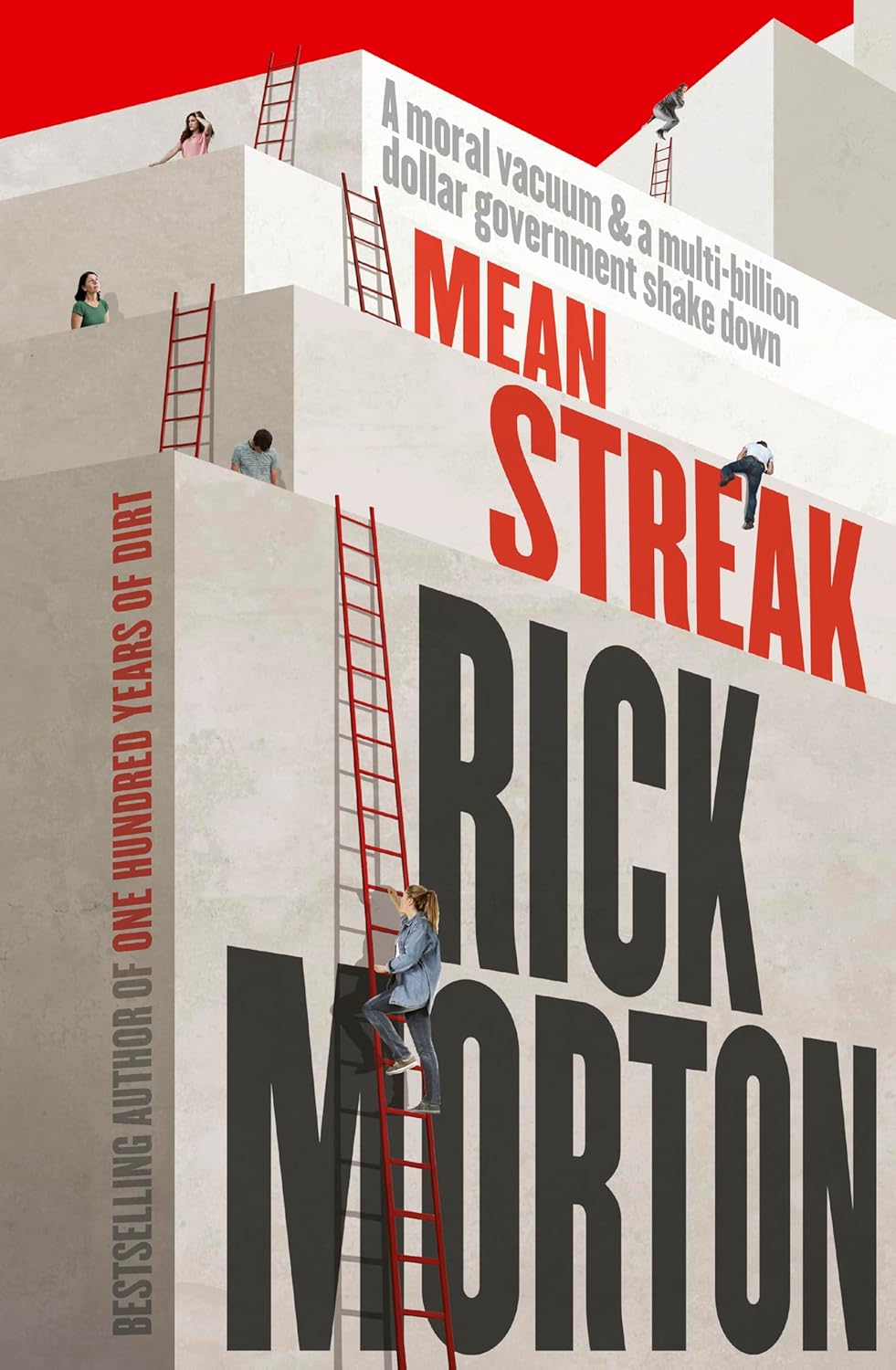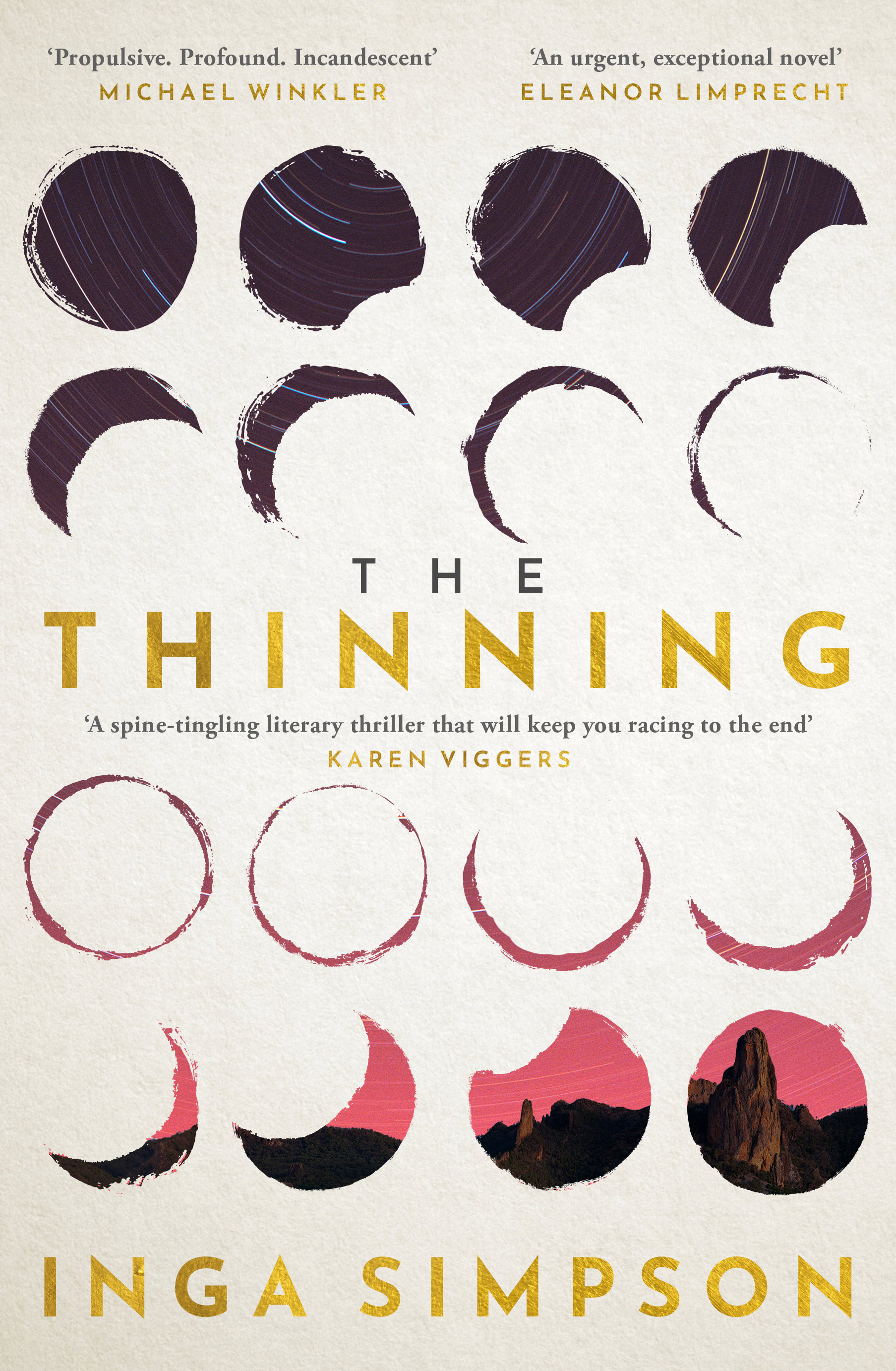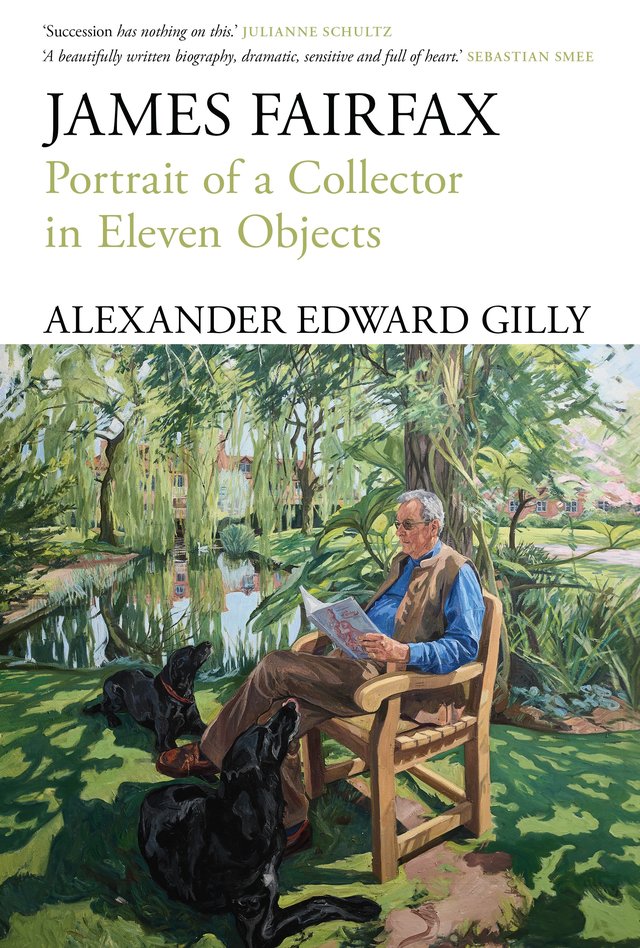New Objectivity: Modern German Art in the Weimar Republic, 1919-1933 (Los Angeles County Museum of Art)
The Weimar period in Germany – spanning less than fifteen years following the end of World War I through to the coup d’état by the National Socialists in 1933 – was crucial in shaping modern Germany. The nation was in a ruinous state because of its wartime defeat, crippling reparations, the Wall Street crash, high unemployment, and hyper-inflation. The political outcome at the end of the Weimar Republic was catastrophic for Europe as a whole. The poles of radical and conservative politics, social upheaval and rapid change mirrored through its art, formed the subject of a fascinating exhibition and accompanying catalogue, first in Venice, then at the Los Angeles County Museum of Art (where I saw it earlier this year).
Continue reading for only $10 per month. Subscribe and gain full access to Australian Book Review. Already a subscriber? Sign in. If you need assistance, feel free to contact us.










Leave a comment
If you are an ABR subscriber, you will need to sign in to post a comment.
If you have forgotten your sign in details, or if you receive an error message when trying to submit your comment, please email your comment (and the name of the article to which it relates) to ABR Comments. We will review your comment and, subject to approval, we will post it under your name.
Please note that all comments must be approved by ABR and comply with our Terms & Conditions.